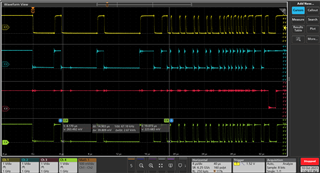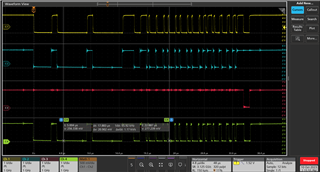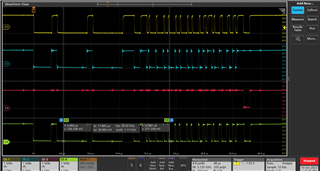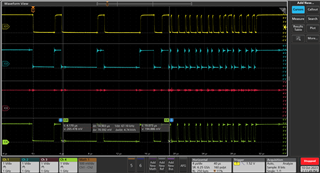Hello, I would like to isolate CAN running 5Mbps. However I am not able to do that. I used faster Logic-Gates (74ACT line), faster CAN transceiver (up to 8Mbps), and lowered the delay of the delay line to 100ns. Everything works fine for 4Mbps but I can't achieve 5Mbps. Do you have any suggestions what may limit me to 4Mbps or in gerneral limit the transmission speed in this circuit?
kind regards Jonas
-
Ask a related question
What is a related question?A related question is a question created from another question. When the related question is created, it will be automatically linked to the original question.






